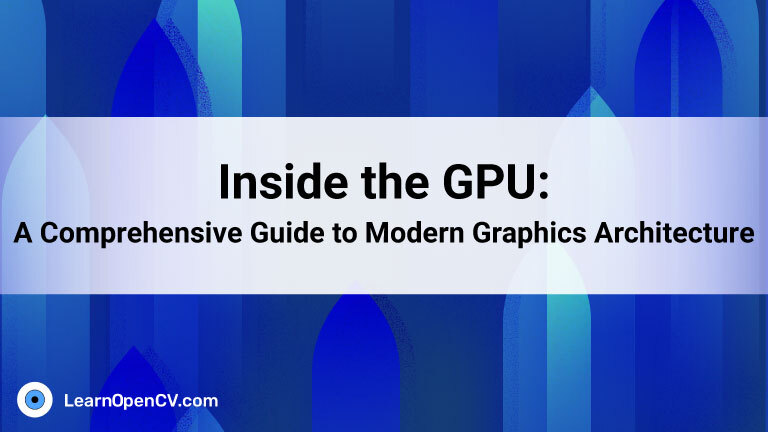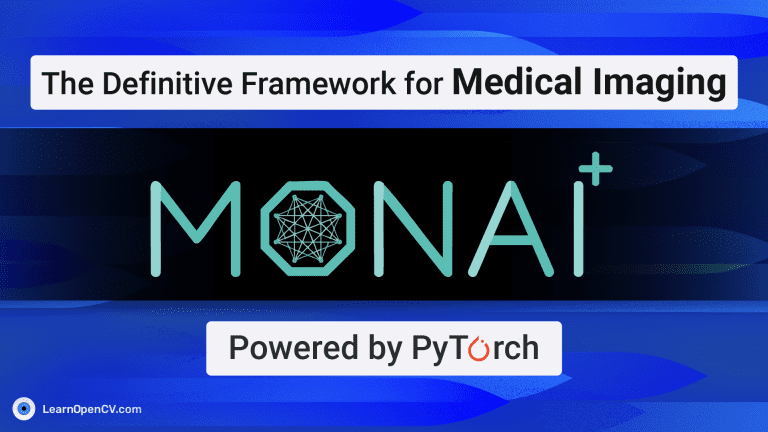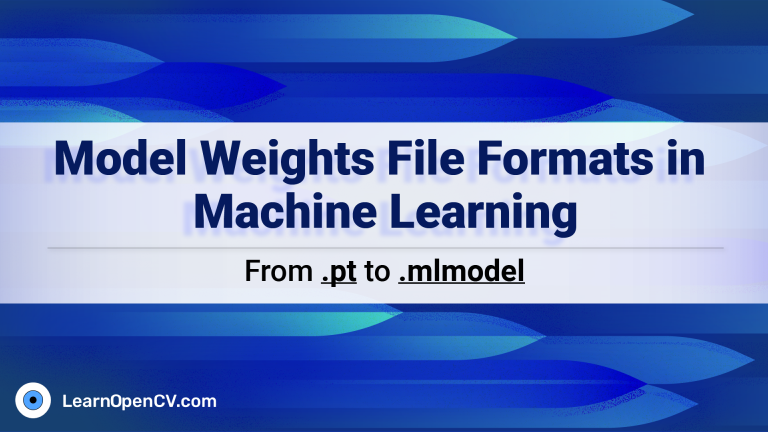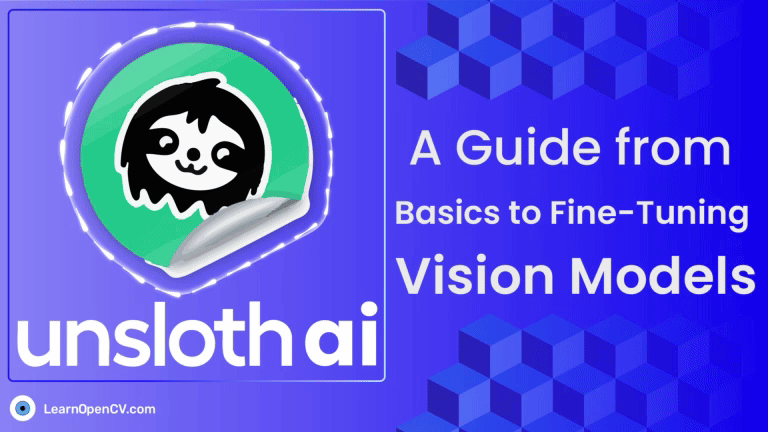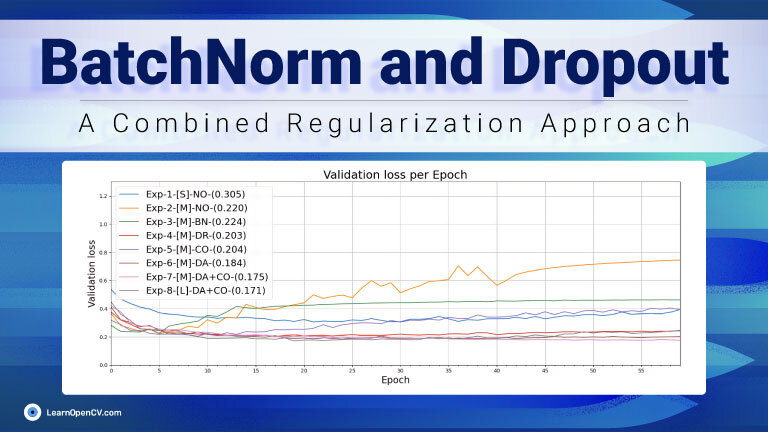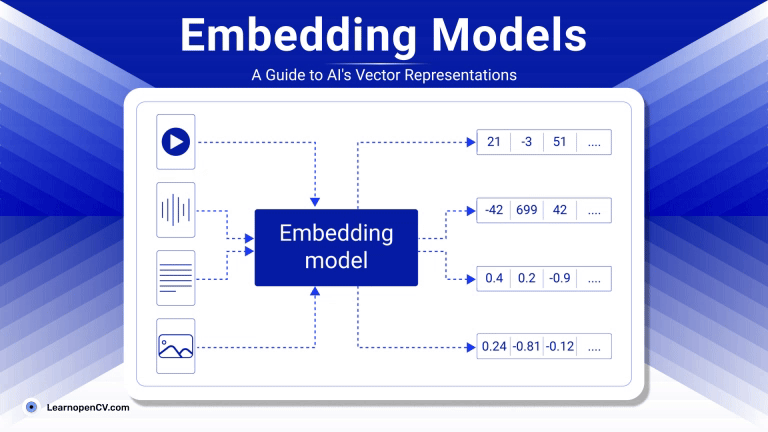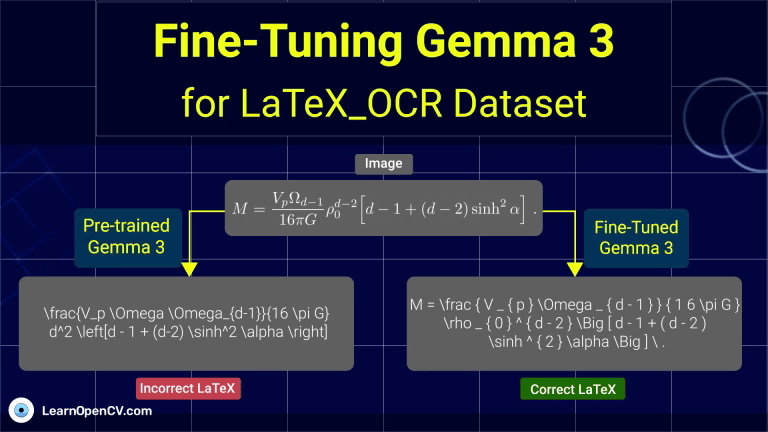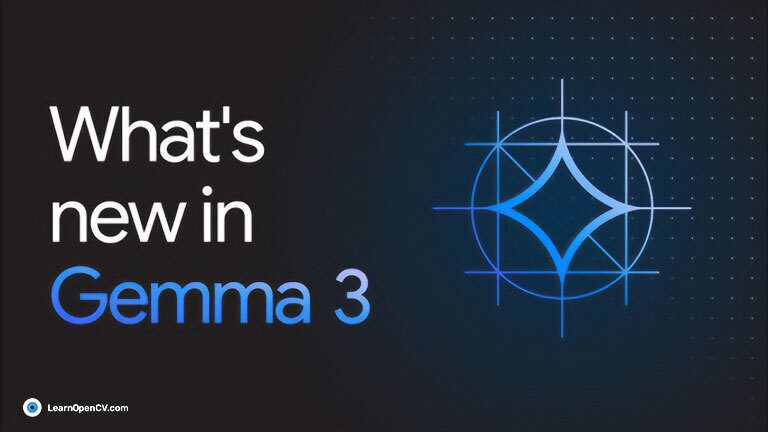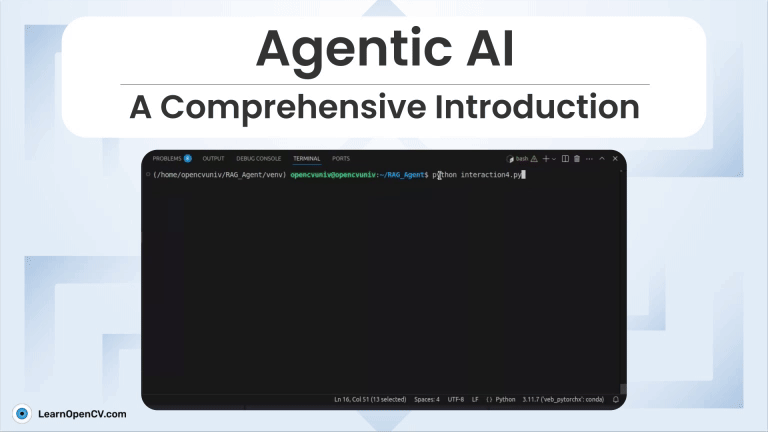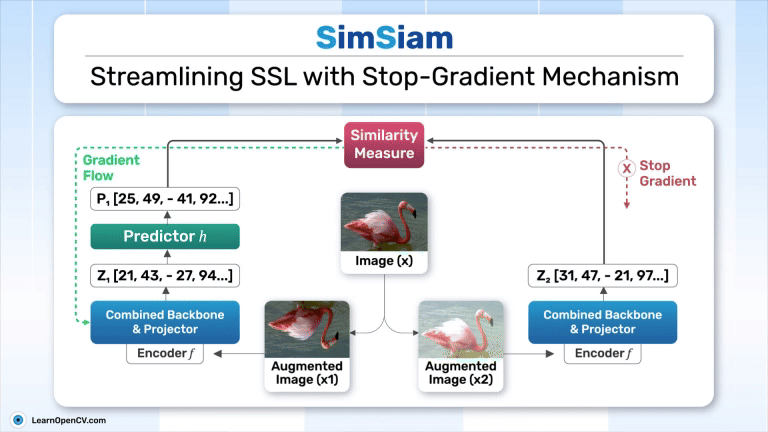Shubham
As Machine Learning and AI technologies continue to advance, the need for efficient and secure methods to store, share, and deploy trained models becomes increasingly critical. Model weights file formats
Unsloth has emerged as a game-changer in the world of large language model (LLM) fine-tuning, addressing what has long been a resource-intensive and technically complex challenge. Adapting models like LLaMA,
In Deep Learning, Batch Normalization (BatchNorm) and Dropout, as Regularizers, are two powerful techniques used to optimize model performance, prevent overfitting, and speed up convergence. While both have their individual
As artificial intelligence continues to advance, Embedding Models have become fundamental to how machines interpret and interact with unstructured data. By translating inputs like text, images, audio, and video into
Qwen2.5-Omni is a groundbreaking end-to-end multimodal foundation model developed by Alibaba Qwen Group. In a unified and streaming manner, it’s designed to perceive and generate across multiple modalities – including
Fine-Tuning Gemma 3 allows us to adapt this advanced model to specific tasks, optimizing its performance for domain-specific applications. By leveraging QLoRA (Quantized Low-Rank Adaptation) and Transformers, we can efficiently
Gemma 3 is the latest addition to Google’s family of open models, built from the same research and technology used to create the Gemini models. It is designed to be
Object detection has undergone tremendous advancements, with models like YOLOv12, YOLOv11, and Darknet-Based YOLOv7 leading the way in real-time detection. While these models perform exceptionally well on general object detection
AI, being no longer confined to passive algorithms, is transforming itself into autonomous agents that can perceive, reason, and act with increasing intelligence. These agents are designed to navigate uncertainty,

